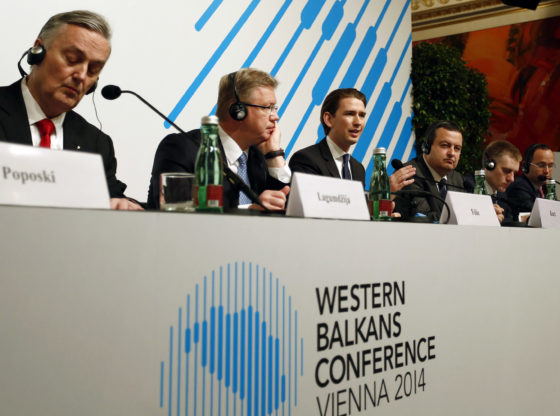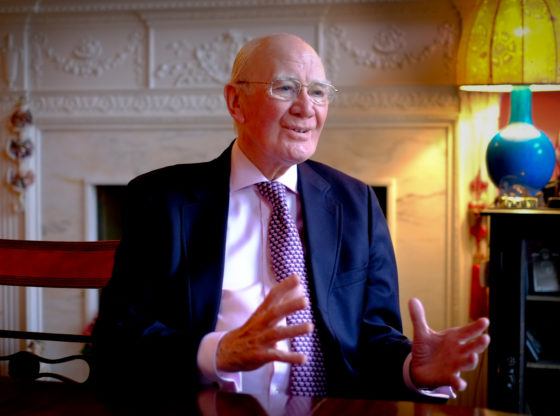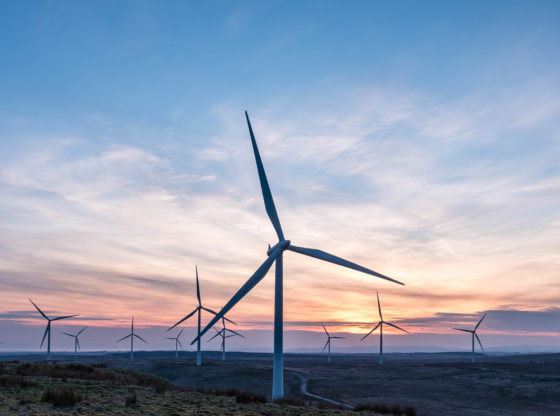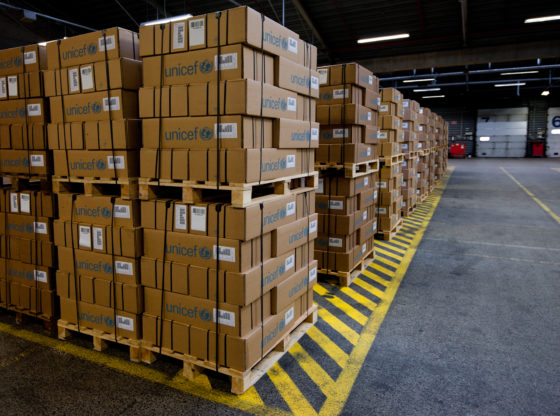Kirsty Hughes assesses the ‘Brexit shambles’ and asks where we are in the aftermath of the recent UK general election.
After the narrow victory for the Leave campaign just over a year ago, the UK electorate then voted for a hung parliament that will probably be unable to see Brexit through. But the current Brexit shambles does not mean that the UK will simply or smoothly return to the EU. Rather, it means even more political and economic uncertainty than before the election. This could be a creative uncertainty if it eventually means a soft Brexit or no Brexit but in the short term it will do the economy little good at all. And in a worst-case scenario, it could mean the UK crashing out of the EU at the end of March 2019 with no deal at all.
Equally, Scotland’s election of 13 Conservative MPs and 21 fewer SNP MPs may tell us that the Scottish public do not want an independence referendum due to Brexit any time soon. But it tells us much less about how the Scottish public will view Brexit, and Scotland’s future relations with the EU, in the coming months. Uncertainty reigns in Scotland too. UK and Scottish politics are in a period of flux. By the autumn, things could look very different again.
BREXIT: WHAT NEXT?
One of the many ironies of the UK general election result was that both Theresa May and Jeremy Corbyn backed a relatively hard version of Brexit. Neither wanted to stay in the EU single market, although Labour were vaguer about staying in the EU customs union. Corbyn now talks of a ‘jobs-first’ Brexit but, crucially, outside of the single market.
If the future UK-EU relationship is to be outside the single market, then the options on offer from the EU27 look limited – and would translate into a hard Brexit. Yet, with a Tory minority government, Labour under Corbyn is more likely to challenge and vote against the government on Brexit-related legislation than it was before the election so the Tories may struggle to defend their Brexit approach.
There has been much discussion, given the election result, of the need to move to a softer Brexit. However, there is not always clarity over what that actually means. In essence, from an EU27 point of view, there are now two main options – a soft Norway-style deal, or a hard Canada-style trade deal. That assumes that one outcome of the recent UK election is that the third main Brexit possibility – of the UK going for a ‘WTO cliff’ option with no deal – is one that the UK government will now not aim for or threaten any more (though this could happen if a deal is not done and ratified before 30th March 2019).
But to get to either a Norway or Canada-like deal, the UK and EU first have to agree an exit deal by autumn 2018 so that it can be ratified before Article 50’s two-year time limit is up at the end of March 2019. That means that in the next 18 months or less, the UK government would need to agree a deal with the EU firstly, on the rights of EU citizens in the UK and UK citizens in the EU, secondly on ensuring that the Northern Ireland/Republic of Ireland border remains a soft one (and that the Good Friday Agreement is not undermined – although arguably it already has been) and thirdly, on the Brexit bill for the UK. Will the Tory minority government, with support from the Democratic Unionist party (DUP), continue to aim for a Canada-style free trade deal? If so, the EU and UK must also agree an outline framework of such a deal in the next 18 months so they can then sort out the terms of a short transition period (2-3 years) before the new deal comes in.
THE VIEW FROM BRUSSELS
There is a strong sense in Brussels that there is insufficient time to agree a bespoke transition deal, so the UK would have to transition through the European Economic Area (EEA), keeping free movement and a role for the European Court of Justice (albeit via the European Free Trade Association court that oversees the EEA).
Might the new politics at Westminster – a hung parliament and shifting hard or soft Brexit coalitions across the two main parties – mean that instead the UK ends up staying in the EEA, along with Norway and Iceland? It is possible. But if Jeremy Corbyn does not support this, and Theresa May or her successor doesn’t either, will there be enough Tory and Labour rebels to vote with the LibDems, SNP and Greens who all support a single market option as better than simply a free trade deal? This is a key question. If there is a cross-party majority for a soft Brexit, could a new Brexit strategy be driven through against the wishes of the government and of Corbyn in opposition? If so, how would the politics of that scenario unfold – already some talk, bizarrely, of a government of national unity.
For now, Corbyn looks much more likely to oppose the Tory government’s approach to Brexit and all or most of the related domestic legislation that must go through if the UK is to leave the EU in a coherent manner in March 2019. He is in a much stronger position than before the general election to demand loyalty from his MPs on this – but if Labour MPs prioritise voting for a soft Brexit, then the Commons arithmetic could get interesting indeed.
The Brexit timetable, combined with the unpredictable post-election politics, already makes it hard to imagine that the UK can both negotiate effectively with the EU27 and bring in successfully all the legislative, policy and regulatory changes necessary - from the Great Repeal bill (or its replacement) to migration to trade policy, from agriculture to justice and home affairs – at Westminster and in the devolved assemblies in time for leaving the EU on schedule.
The EU27 have an interest in avoiding a WTO cliff and a chaotic Brexit. But they also have little interest in helping to prop up a UK government intent on a hard Brexit.
Would the EU27 consider extending the Article 50 deadline (which can be done with a unanimous vote)? It seems unlikely for now – and if they did, it would be more likely to happen near the end of the process. The EU27 have an interest in avoiding a WTO cliff and a chaotic Brexit. But they also have little interest in helping to prop up a UK government intent on a hard Brexit. The EU27 leaders could be more helpful to the UK than they have been so far, perhaps offering an olive branch on the budget, or on ways to stay in the EEA. But they would have to see a UK approach characterised by compromise and conciliation, rather than confrontation, to begin to act in this way.
Where do Scotland’s voice and interests come in?
One of the ironies of Scotland’s general election campaign was how little Brexit, and the potential damage it will cause to the Scottish economy, was debated. The Scottish Conservative leader Ruth Davidson managed to base her campaign around opposition to a second Scottish independence referendum, little challenged over the UK’s path to a hard Brexit. But if observers are right to conclude that Scottish voters were not very concerned about Brexit during the general election campaign (despite Scotland’s majority vote in 2016 to remain within the EU), this will surely change in the coming months. The political turmoil in the UK – a turmoil that will undoubtedly impact Scotland – is all driven by Brexit and this is not about to change.
Depending on whether the complex Westminster political dynamics evolve around a soft or a hard Brexit, the SNP could have a significant role to play as the third party.
Depending on whether the complex Westminster political dynamics evolve around a soft or a hard Brexit, the SNP could have a significant role to play as the third party. If the Tories baulk at staying in the EEA, along with Norway and Iceland, then the SNP and LibDems may have to find a way to cooperate with each other, and with Labour and Tory rebels, to see if they can nonetheless force a soft Brexit through. Ruth Davidson would have to decide in such a scenario if she is a Brexit rebel or not. How these choices and debates play out in Scotland will play a big role in whether, and how much, the SNP bounce back from their significant election losses.
Brexit or not?
The UK could choose to change its mind on Brexit and stay in the EU. This would need to be done through a second referendum if it were to have any real legitimacy. A soft Brexit, even if it were to get majority support in the House of Commons (and Lords), would be a strange choice for the UK to make. The UK would still have to implement all EU laws and regulations on the single market while having no vote at all. These are the conditions which characterise Norway’s relationship with the EU, an arrangement that Norwegians widely regard as a major democratic deficit.
A soft Brexit, even if it were to get majority support in the House of Commons (and Lords), would be a strange choice for the UK to make.
Since the momentous 2016 Brexit vote, even pro-EU politicians have been cautious about arguing against the huge damage of Brexit and for the UK to stay in the EU. Ahead of the recent UK general election, the LibDems argued to put the choice off until the Brexit deal was done, then have a second referendum. The SNP talked only about Scotland in the EU rather than the need for the UK to think again – and even then, talked much more about their differentiated option of Scotland in the single market and in the UK.
The damaging chaos that Brexit has already caused – and the greater economic damage to come – means that pro-EU politicians need to find their voices and courage again. If the debate remains one between a soft and hard Brexit, in Scotland and at Westminster, then the UK will continue down the Brexit route. The chances that that route will lead to a Brexit deal with the EU in 18 months’ time (bearing in mind the possibility of a Tory leadership election at some point and quite likely a second general election) look, for now, quite unlikely. Rather, continuing chaos and uncertainty seems a far safer prediction.
Kirsty Hughes is Director of the Scottish Centre on European Relations. She is on Twitter at: @KirstyS_Hughes
Featured photo: Flags outside the Scottish Parliament in Edinburgh, Scotland. By: Calum Hutchison [CC BY-SA 2.5]










